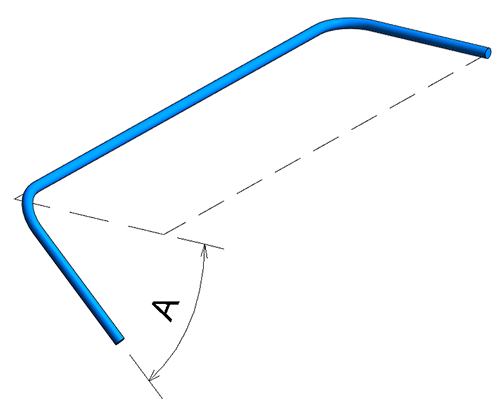Understand the rules for rebar shape matching when detailing with free form rebar.
- Shape driven rebar is defined by a common shape family.
- Free form rebar geometry is defined by selected references and matched to shape families where applicable. Otherwise, it creates its own shape that matches that same geometry.
Numbering and assembly matching properties of structural rebar make use of the shape information, such as shape codes and segment lengths, when encountering a free form rebar matched to a rebar shape family.
If each rebar in a set is planar and can be sketched according to rebar shape family rules, then it can be matched to a rebar shape. If a matching rebar shape exists in the project then the rebar is matched to it, otherwise, a new rebar shape family is created.

Rebar Shape Family Rules

Geometry that is not allowed in rebar shape families
 Shaped ending in an arc.
Shaped ending in an arc.
 Consecutive arcs.
Consecutive arcs.
 Arcs not tangent to adjacent segments.
Arcs not tangent to adjacent segments.
 Arcs greater than 180 degrees between adjacent segments.
Arcs greater than 180 degrees between adjacent segments.
 Almost collinear adjacent segments.
Almost collinear adjacent segments.
Workshop Instructions Parameter
- Straight. The rebar is delivered as a straight bar to the site. The shape code is the first straight rebar shape loaded into the project (Rebar Shape: 00).
- Bend. The rebar will be matched and bent to an existing rebar shape. If a match does not exist, a new matching rebar shape is created.
You can assign a different shape to free form rebar which cannot be automatically matched to rebar shapes. To do so, create free form rebar and assign a different shape in the rebar instance properties.
Hooks and End Treatments
Both hooks and end treatments are used when matching the bar geometry to a shape if included in the rebar shape definition defined in the General Reinforcement Settings dialog.
Bars in the same set can match different rebar shapes. Although the set can have a hook at start, some bars in the set may be inverted to match their respective shapes.